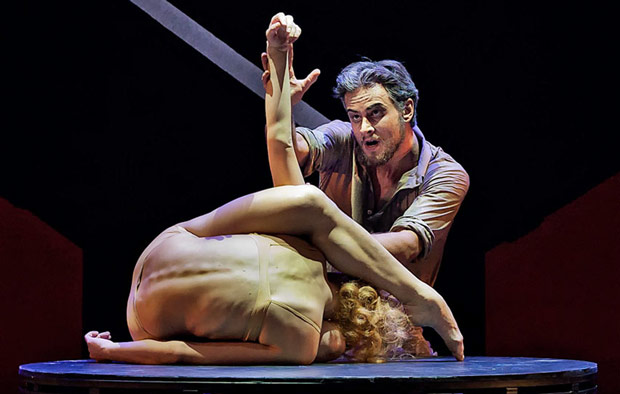
© Souheil Michael Khoury. (Click image for larger version)
Eifman Ballet
Rodin
★★★★✰
Madrid, Teatros del Canal
13 March 2016
www.eifmanballet.ru
www.teatroscanal.com
This is my sixth encounter with Boris Eifman’s danced biography of Auguste Rodin, via viewings that have now been spread over three great cities (Eifman’s adopted home of St Petersburg, plus London and Madrid) and a little over two years. It sustains as highly entertaining and absorbing dance theatre with such a thorough emphasis on narrative clarity that Rodin continues to reward these repeat viewings. Although the changes are slight, the choreographer has clearly carried on fine tuning a ballet that he originally made back in 2011. The current iteration seems more tightly knit and less episodic than I recall with action that maintains an arresting momentum through two well-balanced acts.
This lively impetus is also sustained through a visual appeal that animates both the art and process of sculpture, with choreographed imagery representing some of Rodin’s best-known creations, mainly through the innovative manipulation of performers’ mud-coloured limbs and torsos, as if sculpting clay. A condensed account of The Gates of Hell is achieved through a spectacular tableau of several such bodies, frozen in mid-scream or grotesque postures, hanging, or perched, on a vertical, latticed framework. As well as visualising the sculptures, Eifman also encapsulates a vivid – if not, romanticised – account of Rodin’s studio. This effective visual stimulus is further encouraged by the colourful lines and angles in Zinovy Margolin’s striking set designs, serving a multitude of purposes, seamlessly morphing from asylum – to artist’s studio – to night club, with the minimum of fuss. Transitions between scenes are slickly manoeuvred to ensure that there is never a dull moment.
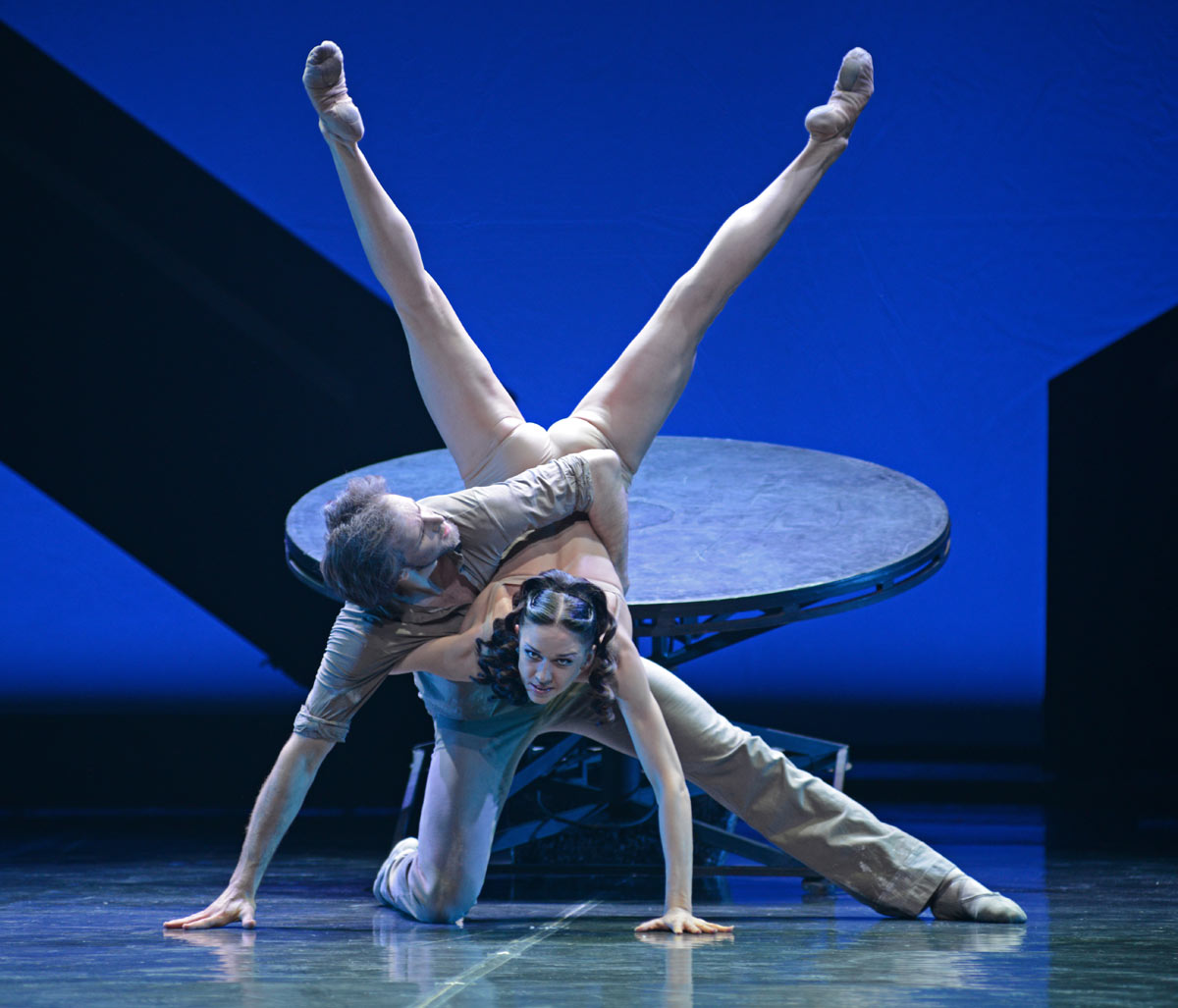
© Dave Morgan. (Click image for larger version)
Eifman’s interpretation fixates largely on the stormy artistic and personal relationship between Rodin and his muse, Camille Claudel, interlinked with references to his domestic life with Rose Beuret. The intimate association of Rodin and Claudel lasted less than a decade whereas the sculptor’s relationship with Beuret sustained for over fifty years. They finally married in 1917, the year in which both died. Claudel’s mental health declined in the years following the end of her relationship with Rodin and she was institutionalised from 1913 until her death, in 1943. Eifman opens his ballet with Rodin searching for her amongst the Asylum’s patients. Not only is this portrayal of a large cohort of insane young women, dressed in flimsy nightgowns and woollen stockings, the most awkward scene in the ballet, it is also a fiction since Rodin and Claudel had parted for the last time some 16 years’ prior to her committal. But, as a psychological device to convey the image of their enduring passion, whether real or imagined, it’s a worthy conceit.
Oleg Gabyshev has set high standards in his performance of the title role, which won for him Russia’s prestigious Golden Mask Award for Best Male Performance (in ballet and contemporary dance) in 2013; and he is well-matched by the excited and anguished account of Claudel by Lyubov Andreyeva. Their mutual ownership of these principal roles is so complete that – over six shows – I have yet to see any other cast, although there are alternates (Sergey Volubuev and Maria Abashova took the middle of the trio of dates, here at the Teatro del Canal, a modern theatre in central Madrid).

© Souheil Michael Khoury. (Click image for larger version)
Eifman has mapped the choreography for Rodin and Claudel across several intensely physical duets to convey the passion and tumult of their relationship. The centrepiece duet in Rodin’s studio was a fusion of ballet and athletic show dance, full of powerful lifts and hyper-flexible body manipulations. Andreyeva’s challenging journey through the ballet progresses from the student in thrall to her “master” (both artistically and sexually) to a liberated woman exploring her own talents as both sculptor and siren (notably in a steamy, tango-infused clinch with Dmitry Fisher as an unnamed admirer).
The one new face, for me, was Natalia Povoroznyuk, portraying Beuret as a patient, caring, bystander, offering contemplative, sinuous formality as a contrast to Andreyeva’s combustible Claudel. Eifman’s company is probably the largest modern ballet group in the world (I certainly can’t think of a bigger one) and his ensemble is an exciting, exuberant, collection of exceptional dancers. The group scenes soar with joyous infection whether in the studio or at the gallery but most notably at the nightclub, in the sexy revelry of the Can-Can.
Eifman must have had particular fun choreographing group scenes for a pack of clucking critics pouring derision on Claudel’s work, given that this must be how he himself sometimes feels with certain groups of critics in the west. Ironically, though there is no allusion to it here, Rodin’s own work suffered from a lack of acceptance in his lifetime. By contrast, Eifman’s work is adored in Russia where his company is supported by a magnificent new school with state-of-the-art facilities and on-site residential arrangements for students of all ages and many disciplines (including ballet, rhythmic gymnastics and ballroom dancing to name but three). Having formed his own company at the age of 31 within the restrictive environment of the Soviet Union, Eifman will celebrate his 70th birthday, this July, with a gala concert at the Alexandrinsky Theatre in St Petersburg.

© Dave Morgan. (Click image for larger version)
Eifman sets great store on the selection of his score and, for Rodin, it is like a composite album of the “Greatest Hits of French Romantic Composers from the Nineteenth Century”, comprising beloved tunes from Ravel, Satie, Debussy, Saint-Saëns and Massenet. I guess that the majority could be found on a Classic FM playlist but their familiarity and exact relevance to this fin de siècle era in French cultural and social history works so well in this context. It would be better to hear the music played live by an orchestra but I fully appreciate the economic barriers to such an advantage.
Rodin is a dance theatre experience with vital momentum and an elemental impact that is easy to comprehend and, above all else, satisfyingly entertaining and performed by a body of very gifted and charismatic dancers. Its world tour shows little sign of abating, with further performances largely alternating with another Eifman classic, Anna Karenina, through the spring and summer. However, it seems likely that Eifman’s newest creation, Up and Down, loosely based on F. Scott Fitzgerald’s Tender is the Night, to a composite score led by Gershwin tunes, will come to the London Coliseum, in December 2016.






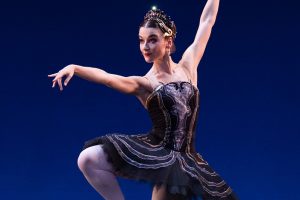



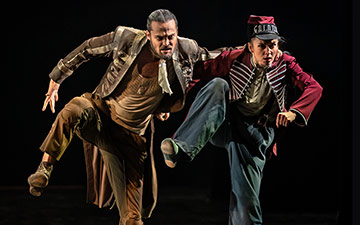
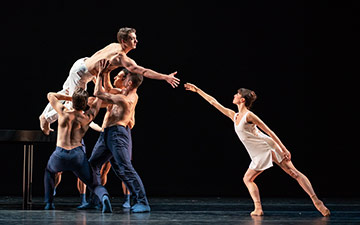
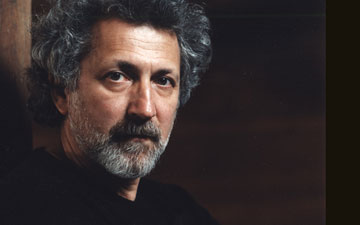
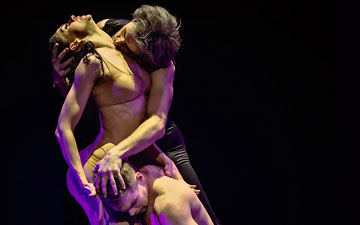
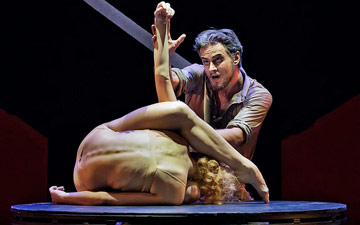


You must be logged in to post a comment.